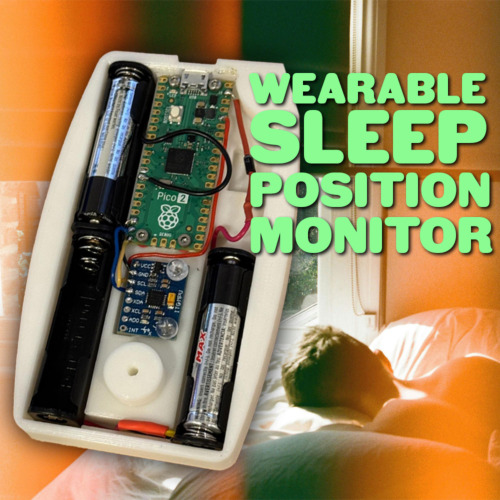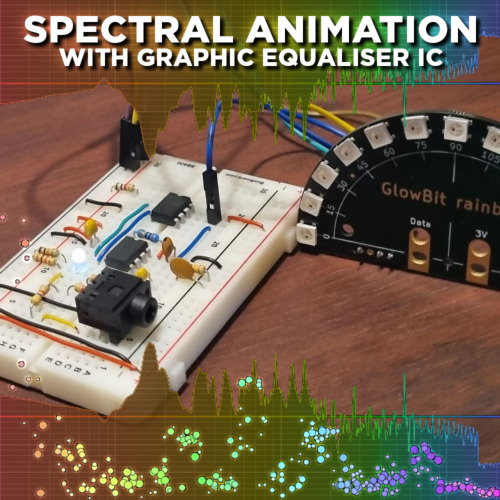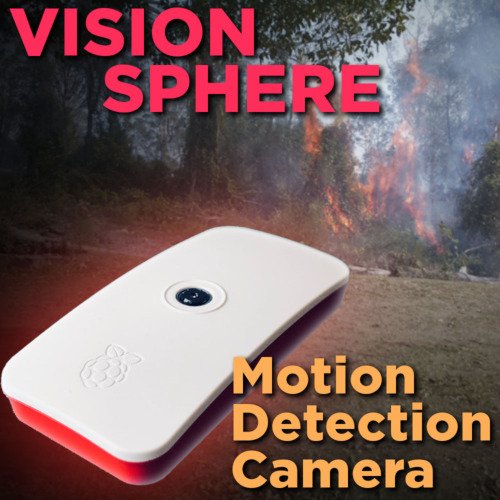Microswitches are an easy way to determine if your robot has hit a wall or if your gantry has reached an endstop, but why would you want to deal with debouncing, polling, and wiring up pull-up resistors? The Qwiic Switch simplifies all of those nasty worries away into an easy to use I2C device! With our Qwiic system using the switch is as simple as calling button.isPressed().
This board is BYOS, or Bring Your Own Switch. It's designed to solder onto existing microswitches, like the endstops on your CNC mill or our Arcade Joystick. We can't guarantee that it'll fit every model, but it fits our microswitches and the dimensioned Eagle files are available in the Hardware Repo. It also has a pin that connects to an external LED, which can be configured for your desired level of blinkiness!
If you need multiple switches for your project, fear not! Each switch has a configurable I2C address, so you can daisy-chain multiple switches over Qwiic and still address each one individually. We've got an example in our Arduino Library that provides a super-easy way to configure your Qwiic Switch to whatever I2C address you desire.
In addition to handling blinking and debouncing the Qwiic Switch has configurable interrupts which can be configured to activate upon a button press or click. This means that code on your microcontroller need not waste valuable processing time checking the status of the switch but instead can run a small function whenever the switch is pressed or clicked! For more information on interrupts check out our guide here!
We've also taken the liberty of implementing a FIFO queue onboard the Qwiic Switch where it keeps an internal record of when the button was pressed. This means that if you happen to be Alex Trebek and you have a network of Qwiic Switches running your Jeopardy Game, you can determine who pushed their button first without polling them constantly! This saves your microcontroller time to do other, more important things - like winning the game itself.
We've written an Arduino library to help you get started quickly. You can download the library through the Arduino library manager by searching 'SparkFun Qwiic Button' or you can get the GitHub repo as a .zip file and install the library from there.
This board is one of our many Qwiic compatible boards! Simply plug and go. No soldering, no figuring out which is SDA or SCL, and no voltage regulation or translation required!
We do not plan to regularly produce SparkX products, so get them while they’re hot!
Documents
- The Arduino Library can be found by searching SparkFun Qwiic Button in the Arduino Library Manager, or through our GitHub Repo!
- Schematic
- Hardware Repo
Exact shipping can be calculated on the view cart page (no login required).
Products that weigh more than 0.5 KG may cost more than what's shown (for example, test equipment, machines, >500mL liquids, etc).
We deliver Australia-wide with these options (depends on the final destination - you can get a quote on the view cart page):
- $3+ for Stamped Mail (typically 10+ business days, not tracked, only available on selected small items)
- $7+ for Standard Post (typically 6+ business days, tracked)
- $11+ for Express Post (typically 2+ business days, tracked)
- Pickup - Free! Only available to customers who live in the Newcastle region (must order online and only pickup after we email to notify you the order is ready). Orders placed after 2PM may not be ready until the following business day.
Non-metro addresses in WA, NT, SA & TAS can take 2+ days in addition to the above information.
Some batteries (such as LiPo) can't be shipped by Air. During checkout, Express Post and International Methods will not be an option if you have that type of battery in your shopping cart.
International Orders - the following rates are for New Zealand and will vary for other countries:
- $12+ for Pack and Track (3+ days, tracked)
- $16+ for Express International (2-5 days, tracked)
If you order lots of gear, the postage amount will increase based on the weight of your order.
Our physical address (here's a PDF which includes other key business details):
40 Aruma Place
Cardiff
NSW, 2285
Australia
Take a look at our customer service page if you have other questions such as "do we do purchase orders" (yes!) or "are prices GST inclusive" (yes they are!). We're here to help - get in touch with us to talk shop.
Have a product question? We're here to help!
Guides
The Maker Revolution
Projects
The Snooze Logger - A Wearable Sleep Position Monitor
Spectral Animations with a DIY MSGEQ7 I2C Device
VisionSphere: Camera Motion Detection for Raspberry Pi
Makers love reviews as much as you do, please follow this link to review the products you have purchased.










Product Comments